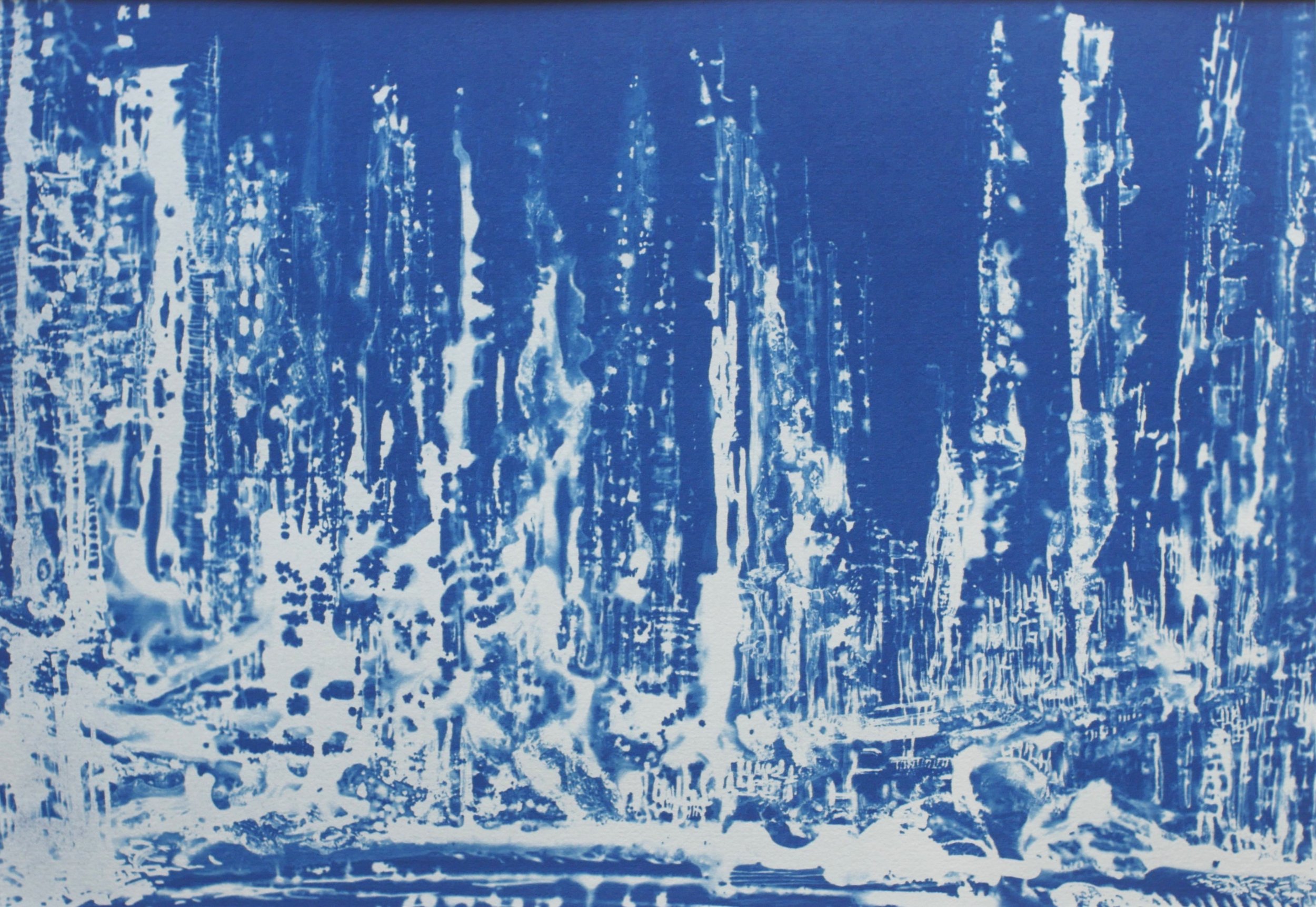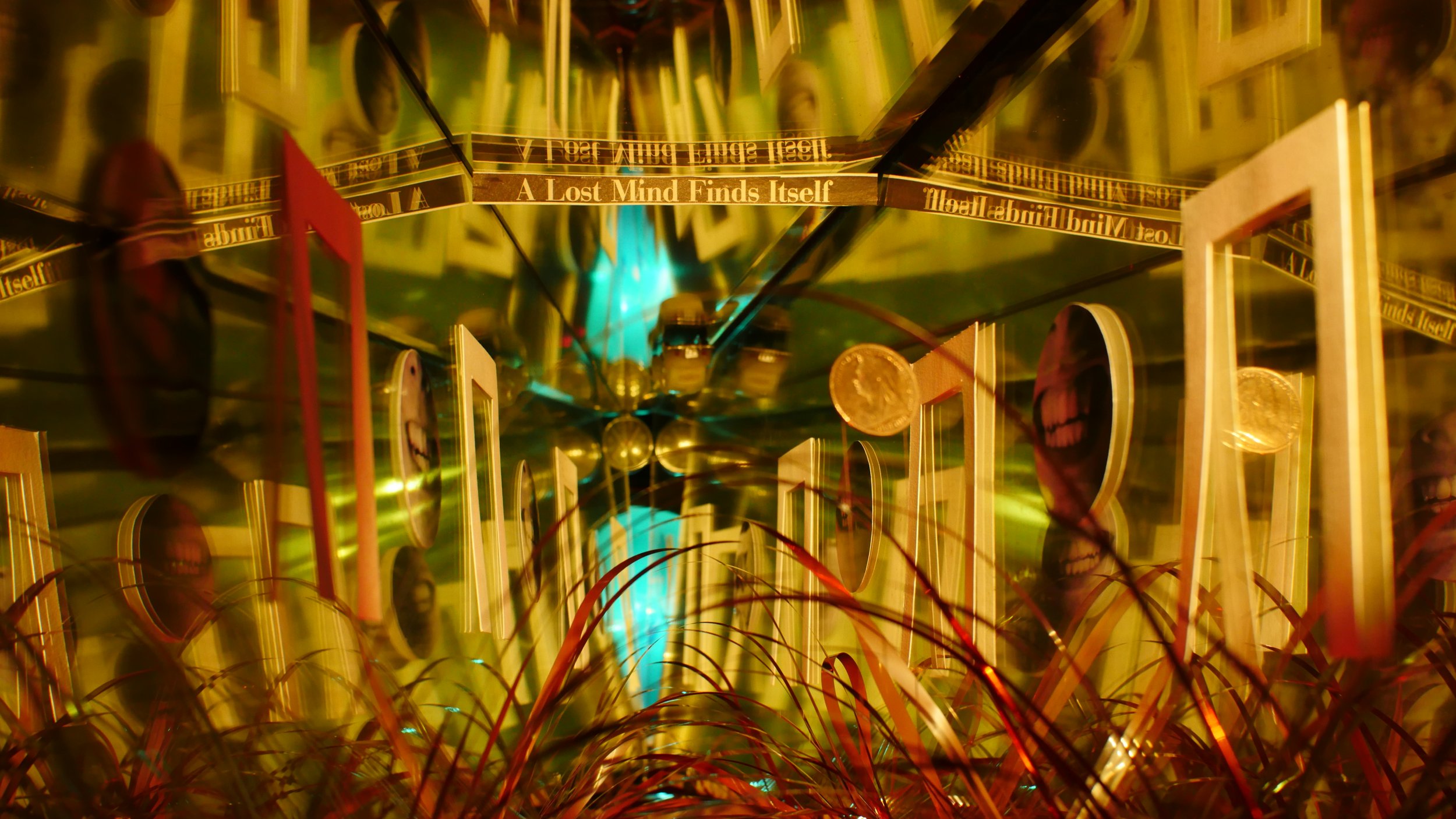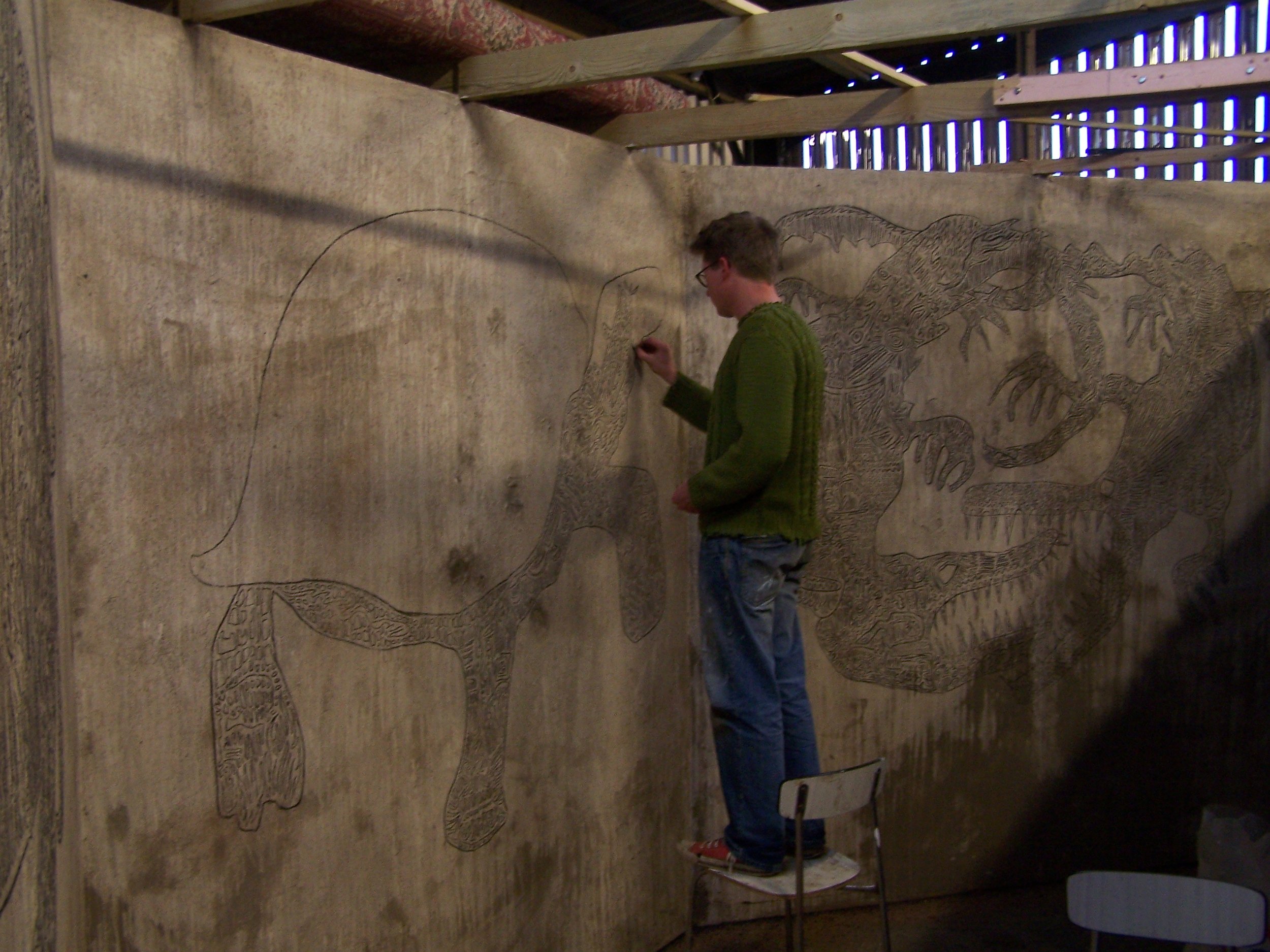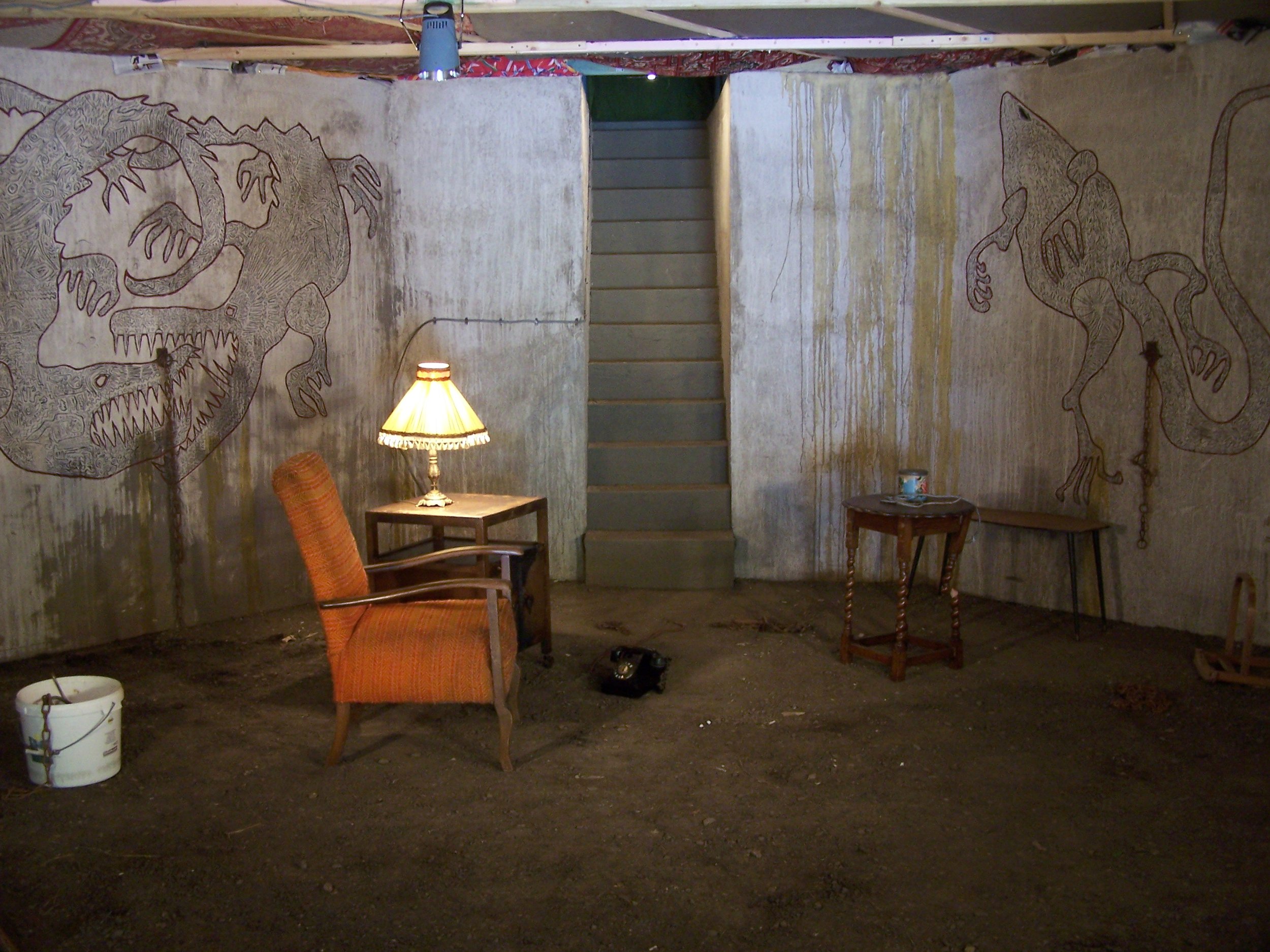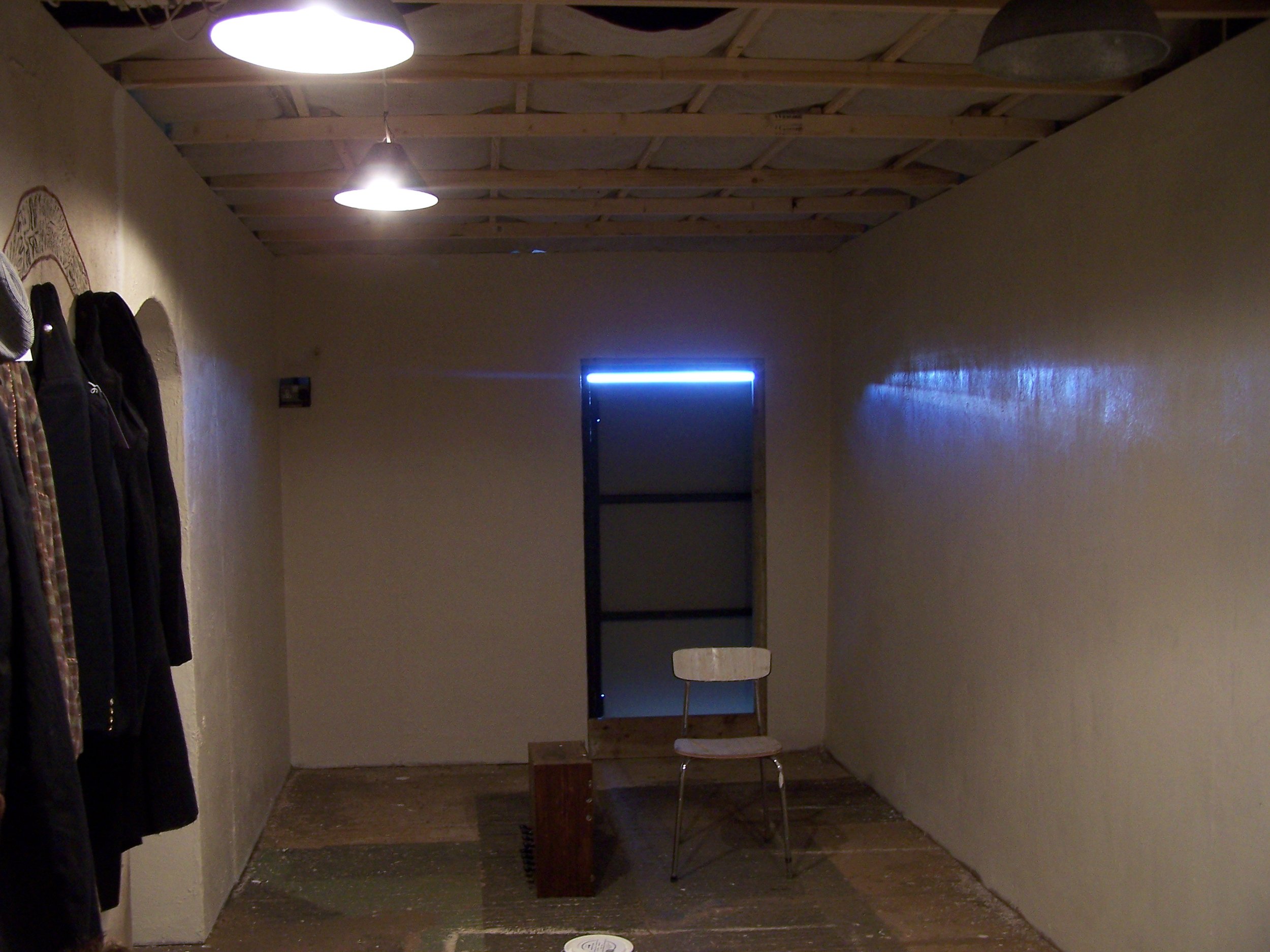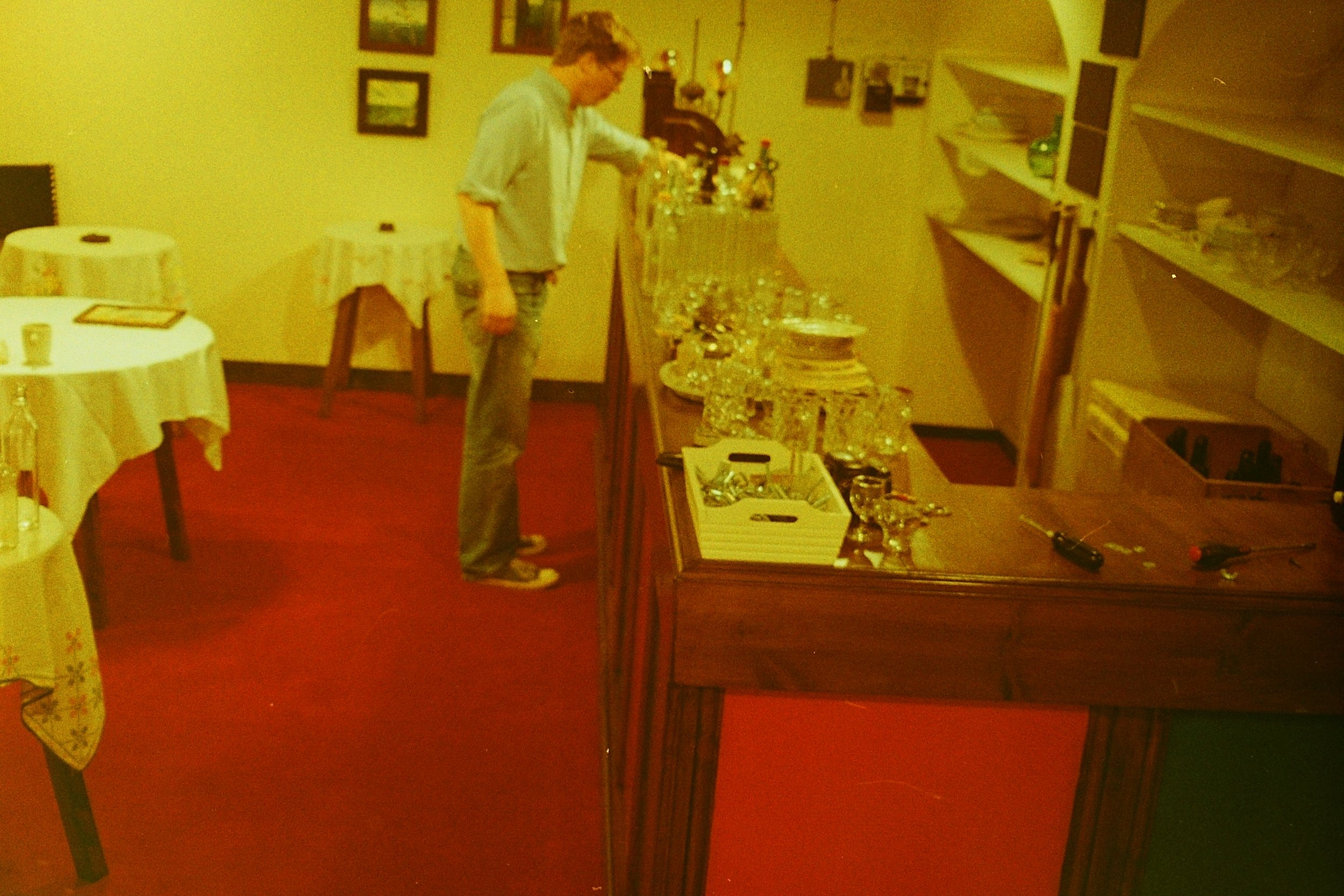arts
Jim creates artworks in a broad range of media, including detailed ink drawing, pastels, charcoal, mixed media collage, gouache, cyanotype, acrylic and oils, and both analogue and digital photography. His work has been exhibited and sold at galleries, events and private viewings all around the UK, and has featured in several international publications. Currently he is working on a series of experimental cyanotype prints on themes broadly relating to the universe and fantastical landscapes. The artworks below comprise a small selection produced from 2004 to the present day.
EXHIBITIONS, PUBLICATIONS & SALES 2025 ‘Postcards’ / Fronteer Gallery, Sheffield / 8 - 18 January ‘Habitat’ / Cupola Gallery, Sheffield / 14 March - 19 April ‘Wild Landscapes’ / Fronteer Gallery, Sheffield / 18 - 27 March ‘The Elements’ / Fronteer Gallery, Sheffield / 18 - 27 March ‘Rumours, Rituals and Relics’ featuring ‘The Newt-Man of Memory Lane’ / Group show with Michael Borkowsky, Sharon Borkowsky, Richard Bradley and Joe Winstanley / Fronteer Gallery, Sheffield / 23 April - 1 May ‘The Great Summer Exhibition 3’ / The Art House, Sheffield / 31 July - 31 August ‘Abstract’ / Fronteer Gallery, Sheffield / 14 - 30 October ‘Miniatures’ / Fronteer Gallery, Sheffield / 14 - 30 October ‘Monstermash’ / The Art House, Sheffield / 23 October - 22 November
EXHIBITIONS, PUBLICATIONS & SALES 2024 ‘Under the Bed Sale’ / Cupola Gallery, Sheffield / 13 January - 4 February ‘Meet the Locals’ / Fronteer Gallery, Sheffield / 31 January - 15 February ‘In Seclusion Part 2’ / Meta Space Gallery / 21 March - 10 April ‘Ancient Landscapes’ / Fronteer Gallery, Sheffield / 26 April - 10 May ‘Landscapes’ / Collect Art, Tbilisi, Georgia / Special Edition Volume 42 ‘The Sea’ / Fronteer Gallery, Sheffield / 29 May - 15 June ‘International Shape Exhibition’ / The Glasgow Gallery of Photography / 5 - 30 June ‘A Blanket of Stars’ / Fronteer Gallery, Sheffield / 26 June - 11 July ‘Flowers’ / Fronteer Gallery, Sheffield / 24 July - 8 August ‘International Analogue Photography (Digital) Exhibition’ / The Glasgow Gallery of Photography / 3 August - 14 September ‘101 Contemporary Artists and more . . .’ / Collect Art, Tbilisi, Georgia / Volume 6 ‘Skulls and Bones’ / Fronteer Gallery, Sheffield / 21 August - 7 September ‘The Great Summer Exhibition 2’ / The Art House, Sheffield / 31 July - 31 August ‘Abstract 2024’ / Fronteer Gallery, Sheffield / 18 September - 5 October ‘Dwellings’ / Fronteer Gallery, Sheffield / 23 October - 2 November ‘The Fronteer Open 2024’ / Fronteer Gallery, Sheffield / 20 November - 7 December
crafts
Jim makes and sells various luxury and practical handmade items, including carved smoking pipes and smoking racks, picture frames, window frames, microphone stands, bedside cabinets, occasional tables, work tables and easels, amongst other things. Below are a selection of handmade speaker cabinets designed and made by Jim, and used exclusively in the Dethick Brothers’ recordings.
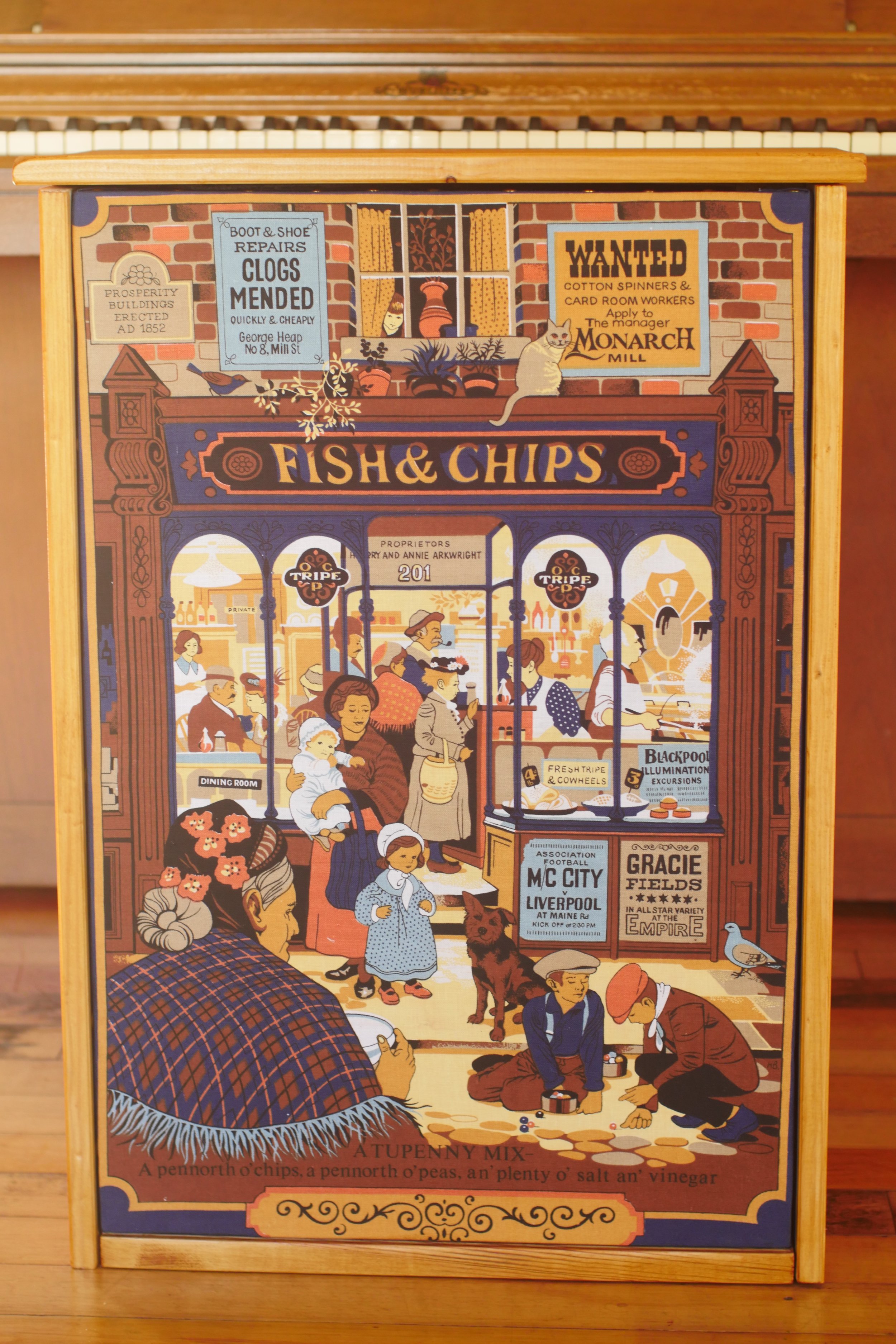








design for films
From the days of producing their earliest films, the Dethick Brothers have often designed, built and dressed their own unique and sometimes elaborate sets. Though expensive, labour-intensive and time-consuming to make from scratch, this working method has given their films a distinctive look and feel, and has afforded them the precious advantage of artistic control when shooting. Focusing stylistically on a time period loosely set somewhere between the 1940s and 1980s, their practical interest in set and costume design, and also prop making, is crucial to their work, as is a determination to save, re-cycle, re-use and re-build as much and as often as possible.












